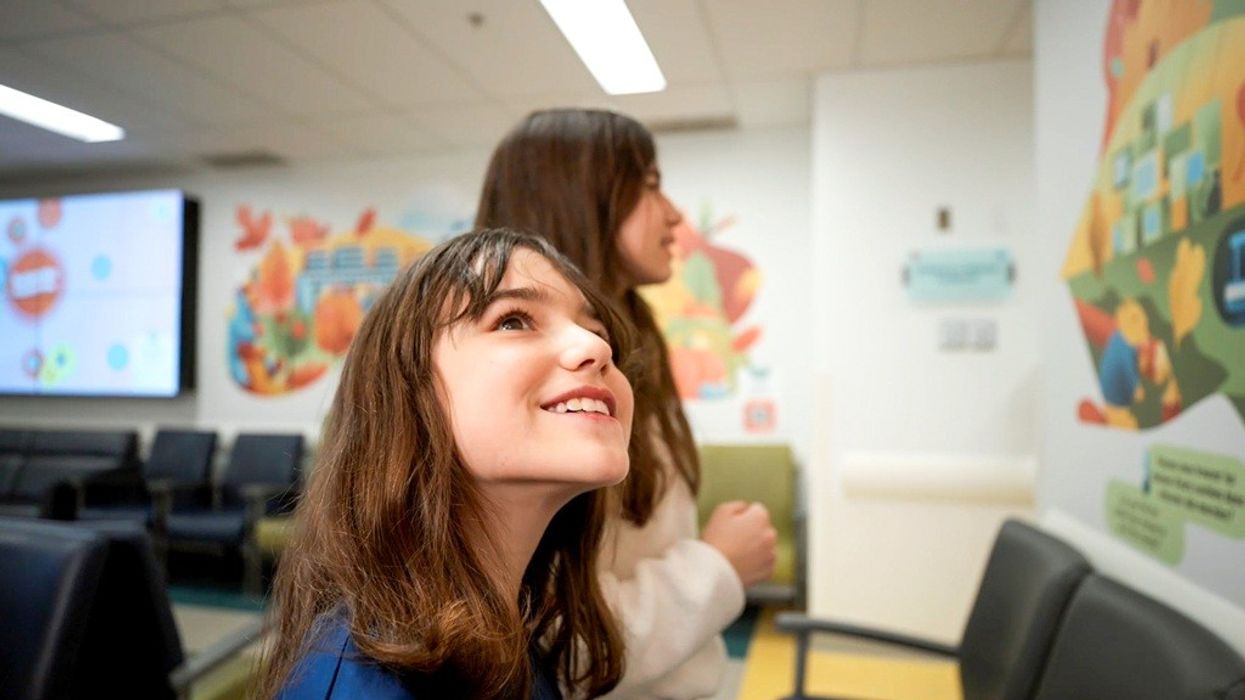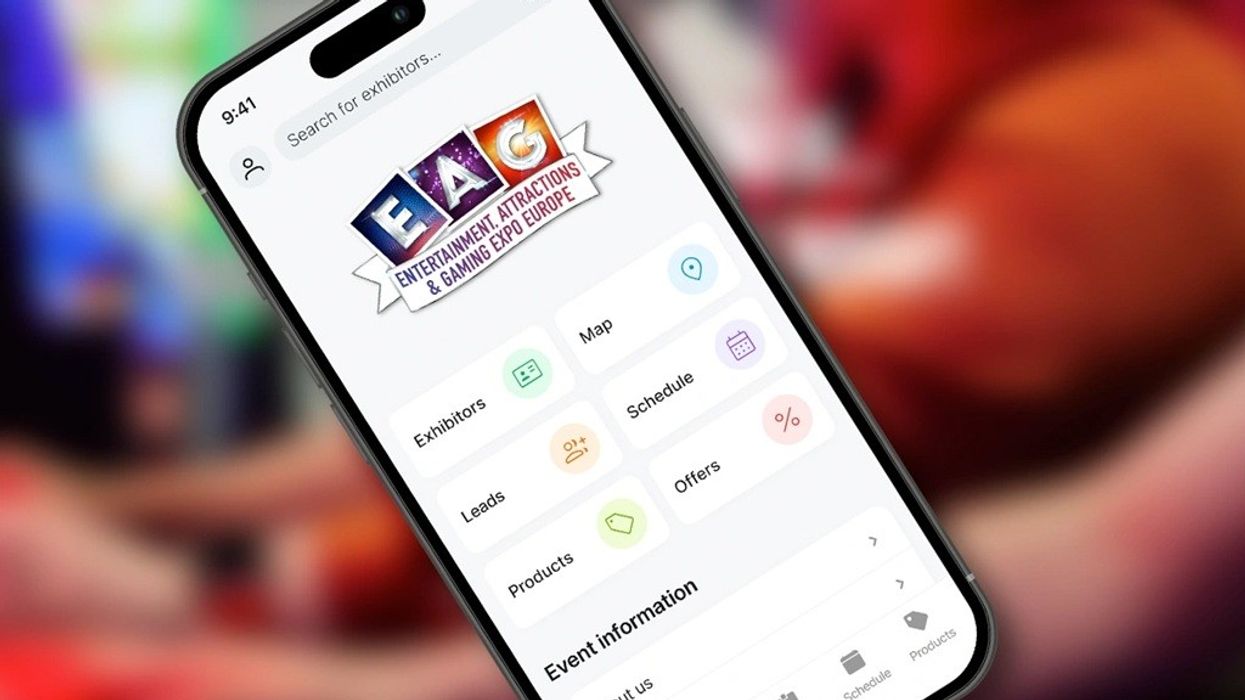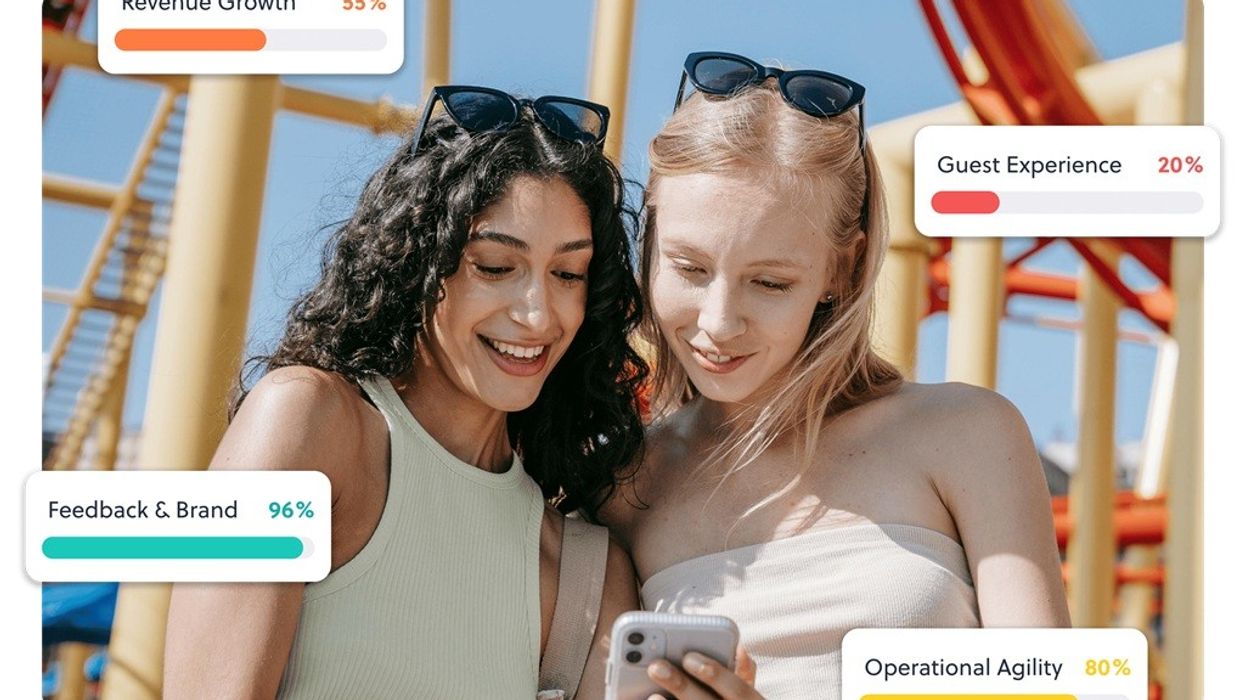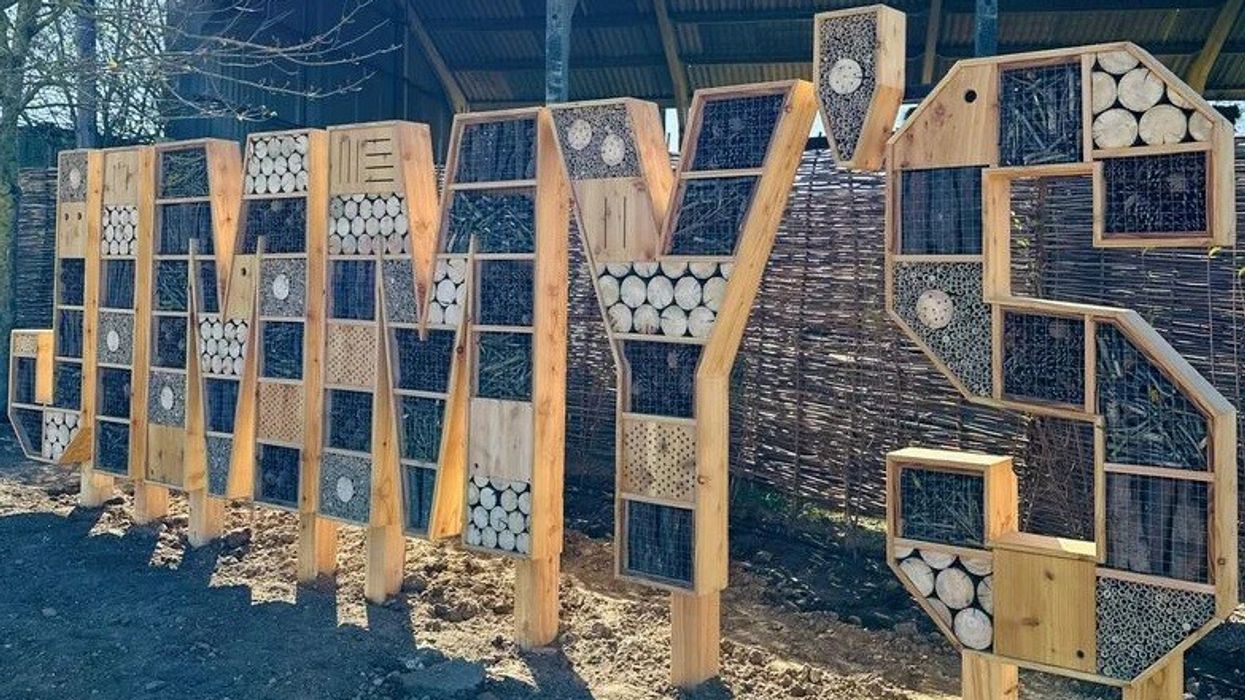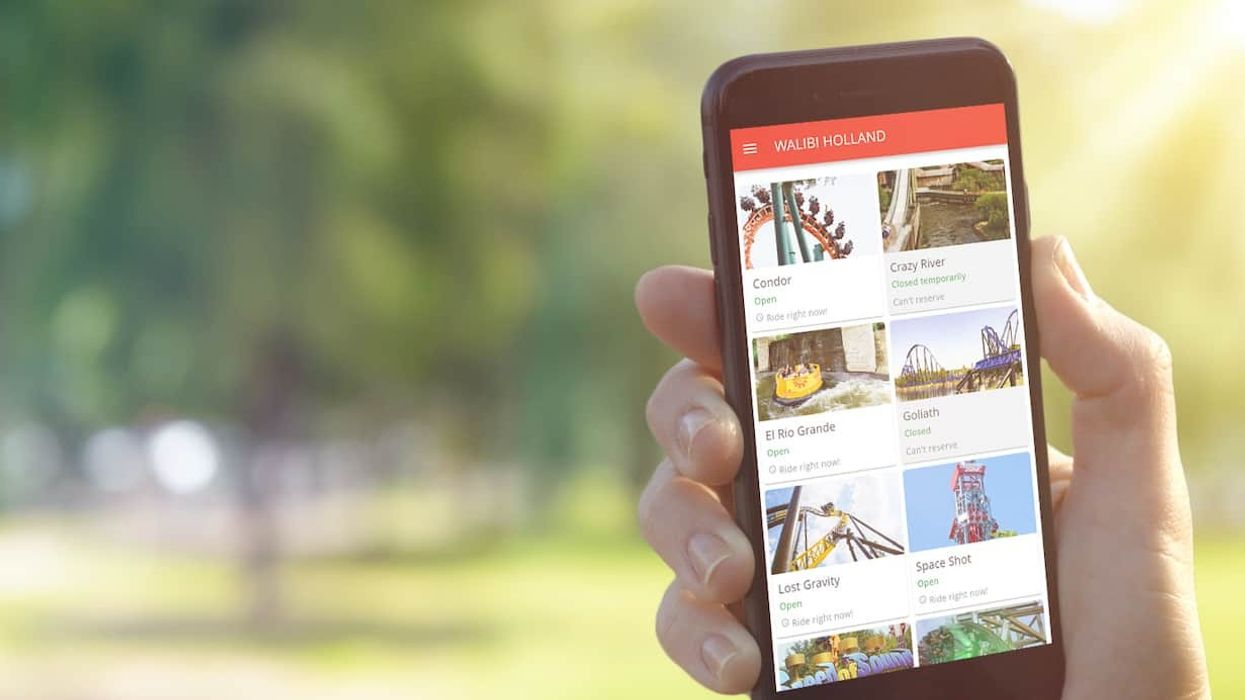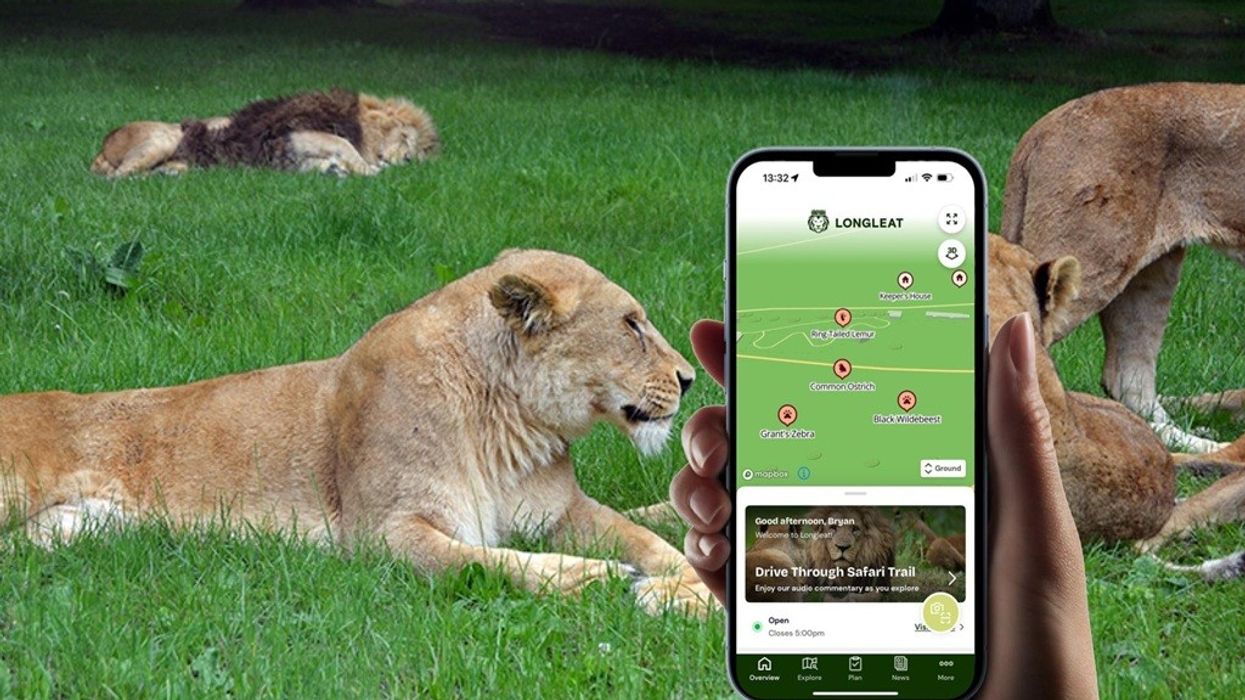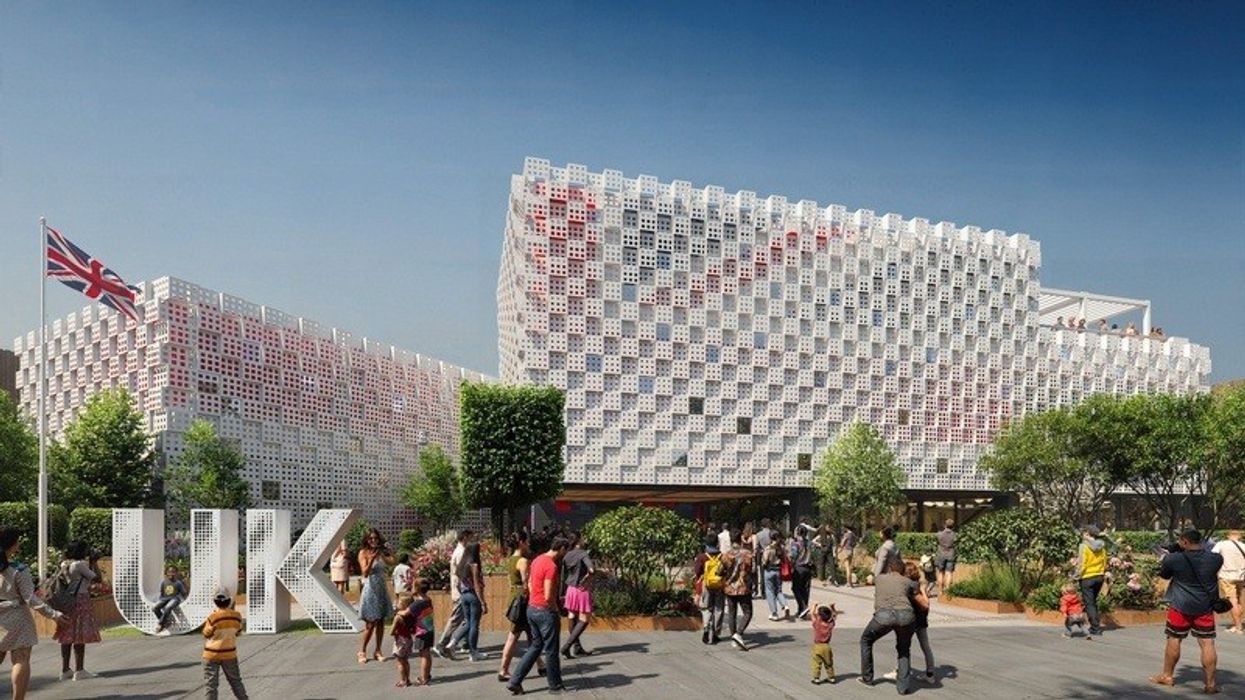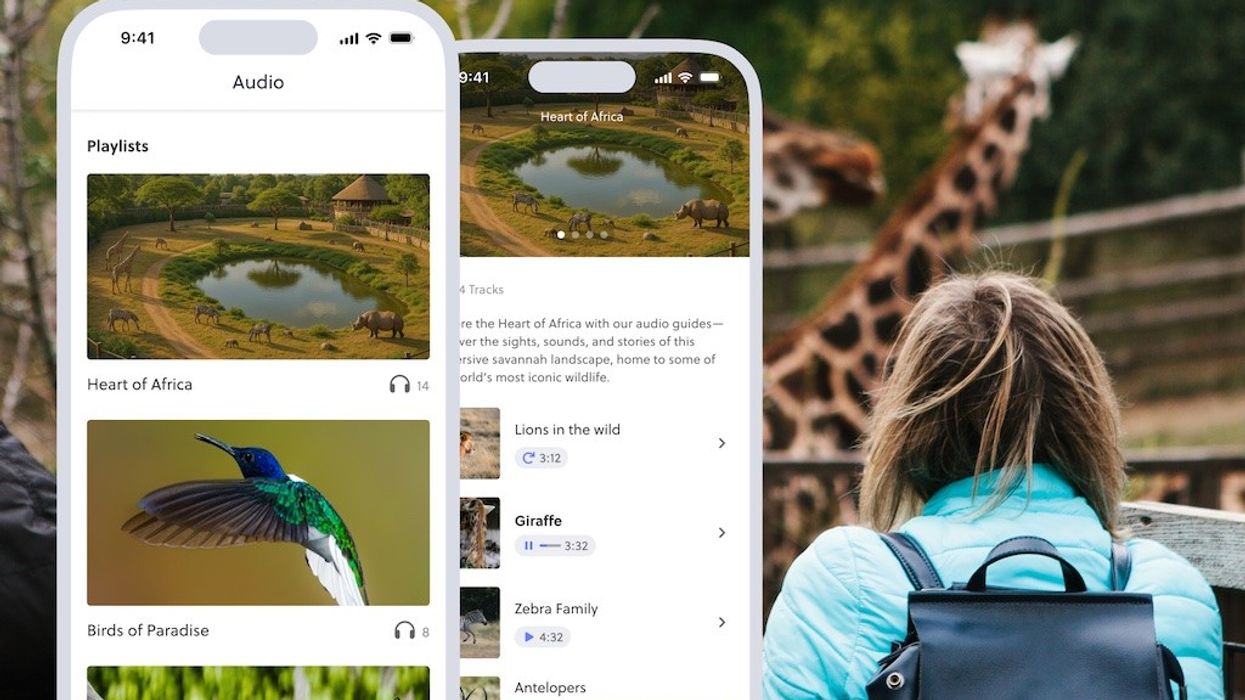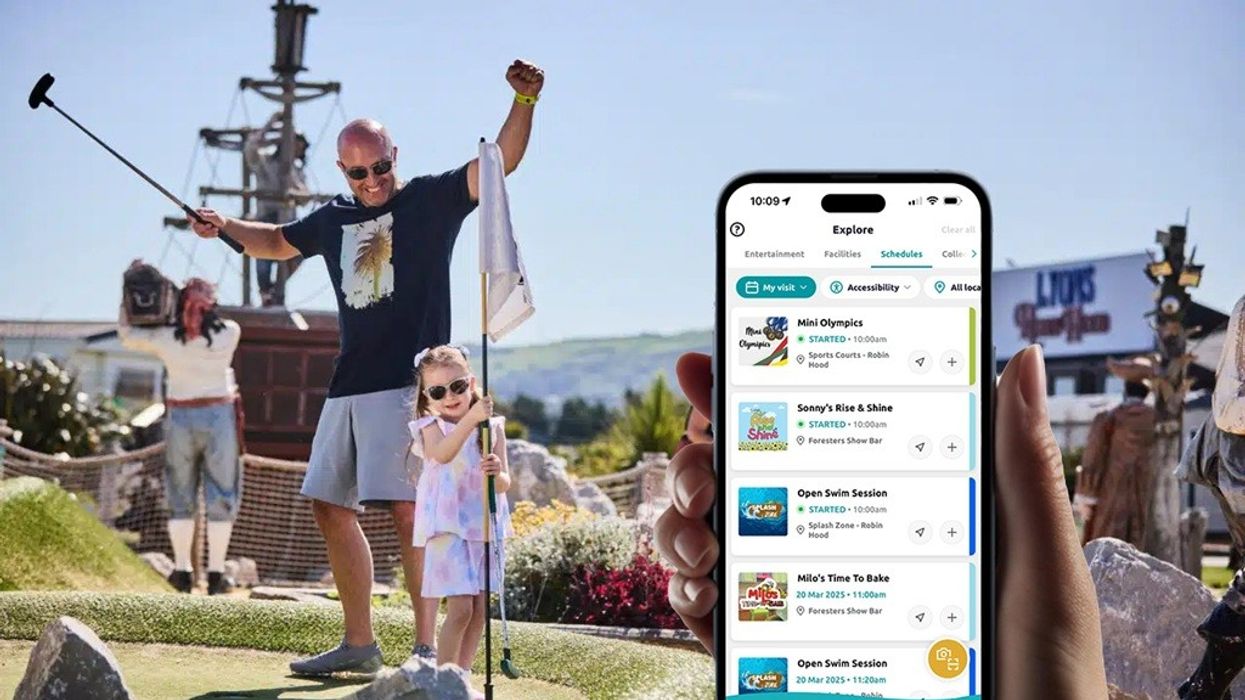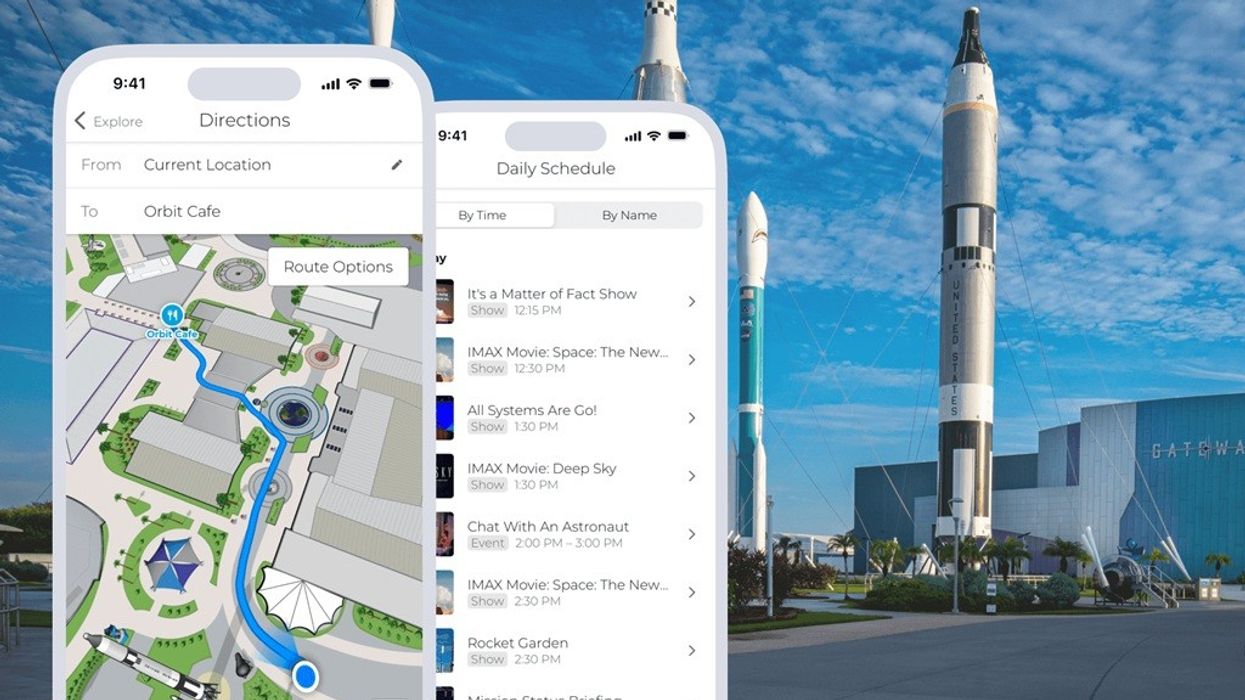The business of attractions, straight to your inbox!
Sign up to receive the industry’s most comprehensive news service directly to your inbox every day.
✅ Thank you! We’ve sent a confirmation email to complete your subscription.
Don’t miss out
Get the latest attractions industry news direct to your inbox, every day.
✅ Thank you! We’ve sent a confirmation email to complete your subscription.
Most viewed
Day
Week
Month
app
Apps, short for mobile applications, are software items specifically designed for smaller devices such as mobile phones.
Mobile apps have a range of uses, including navigation, attraction information, and marketing tools. Depending on the device type, most apps are purchased and downloaded from either iTunes or Google Play, and the majority of attraction apps are free for the user.
A recent development is the use of mobile apps as part of events and attractions themselves. For instance, Disney provided standalone handheld devices for trails at a number of its parks. These were replaced by an app equivalent on guests' mobile devices. Mobile applications are touted as a more sustainable and financially viable alternative to many products. For example, they can replace paper maps for easier navigation around attractions.
This trend has also allowed many attractions to now offer a range of contactless interactions on-site. For instance, QR tickets for entry, mobile ordering for food and beverages, and cashless payments.
Offering an app also enables operators to gather useful data about their visitors, meaning that they are able to tailor their marketing for a more personalised approach. This tech can streamline a visit, connecting guests with the activities that they want to access during their day out. Furthermore, it allows attractions to engage with guests in the pre-and post-visit stages too, sending useful information before they arrive and offers for future visits once they have returned home.
Don’t miss our
FREE daily newsletter
Get the latest attractions industry news direct to your inbox, every day.
✅ Thank you! We’ve sent a confirmation email to complete your subscription.
app features
Recent
blooloop is taking climate action and is now B Corp Certified.Sustainability strategy

Become part of the blooloop community:Work with us


